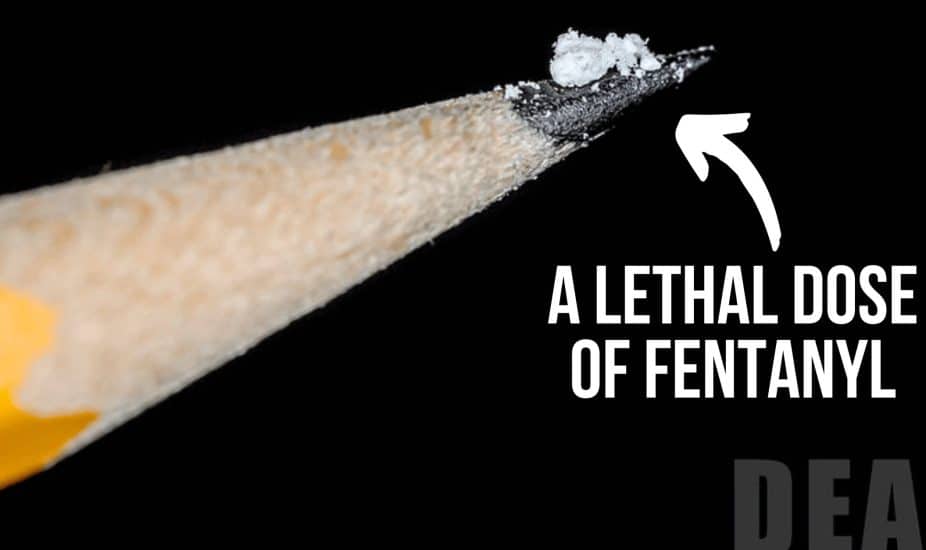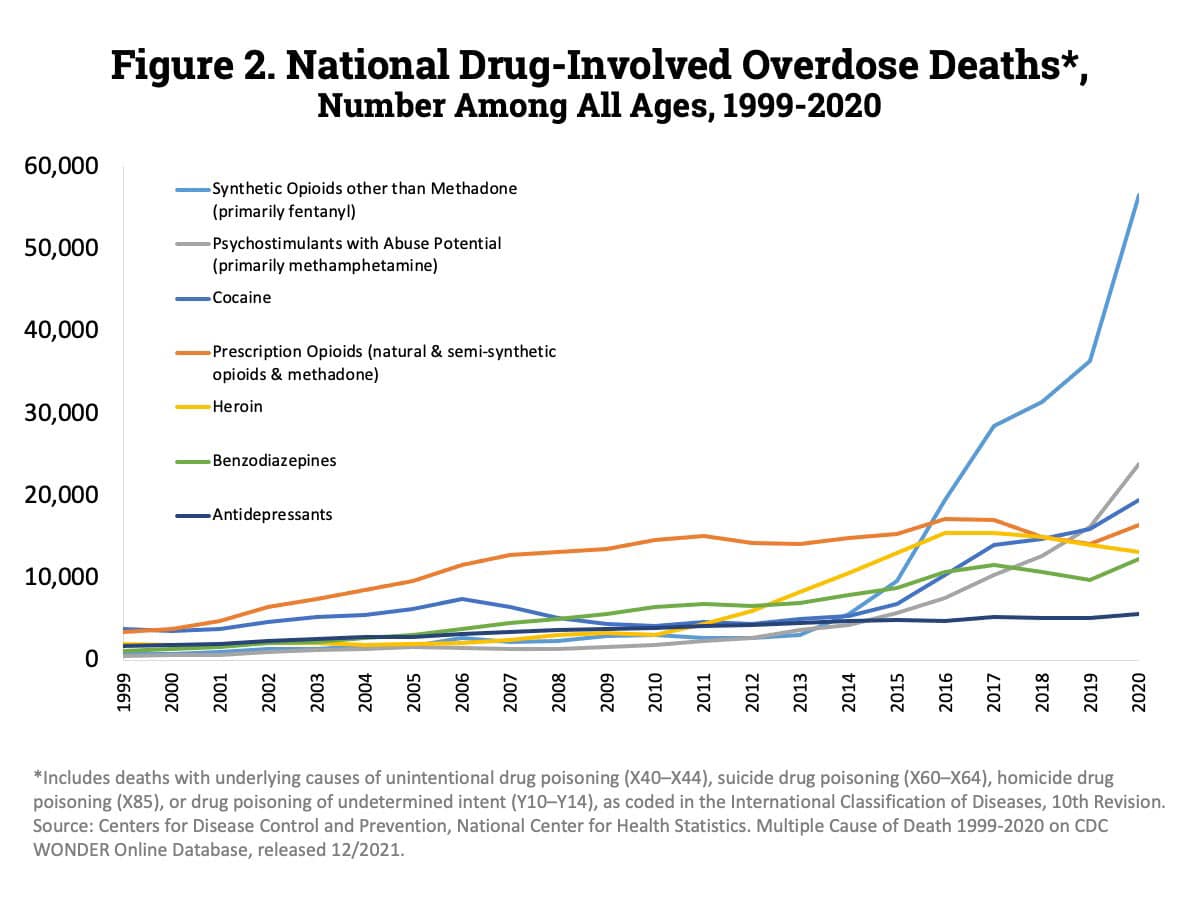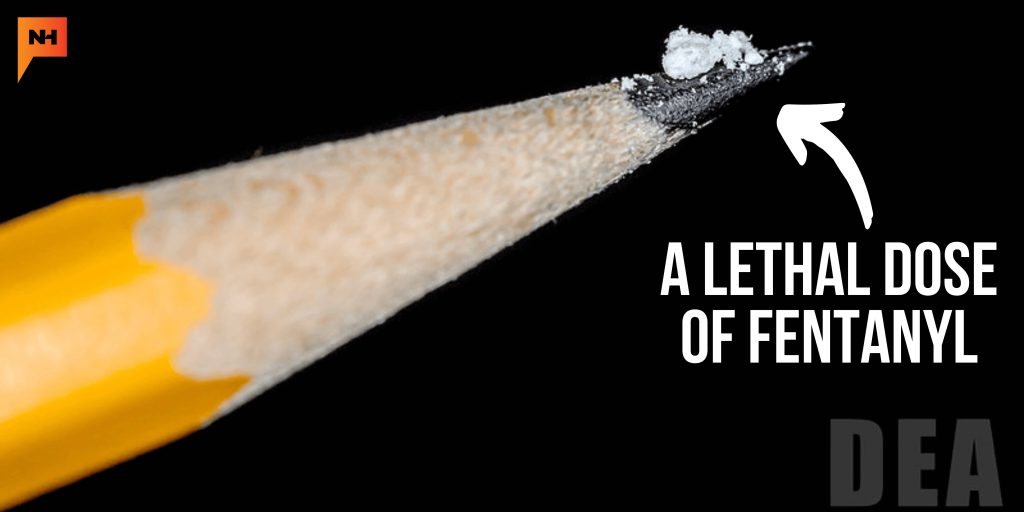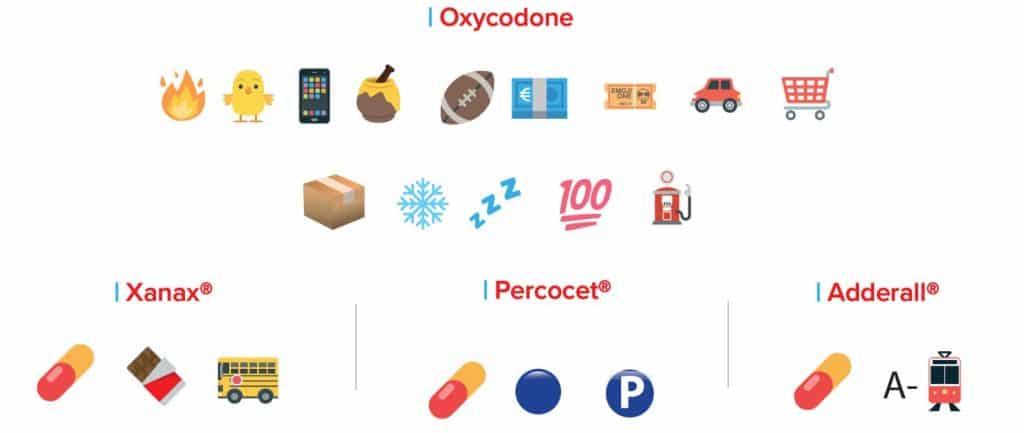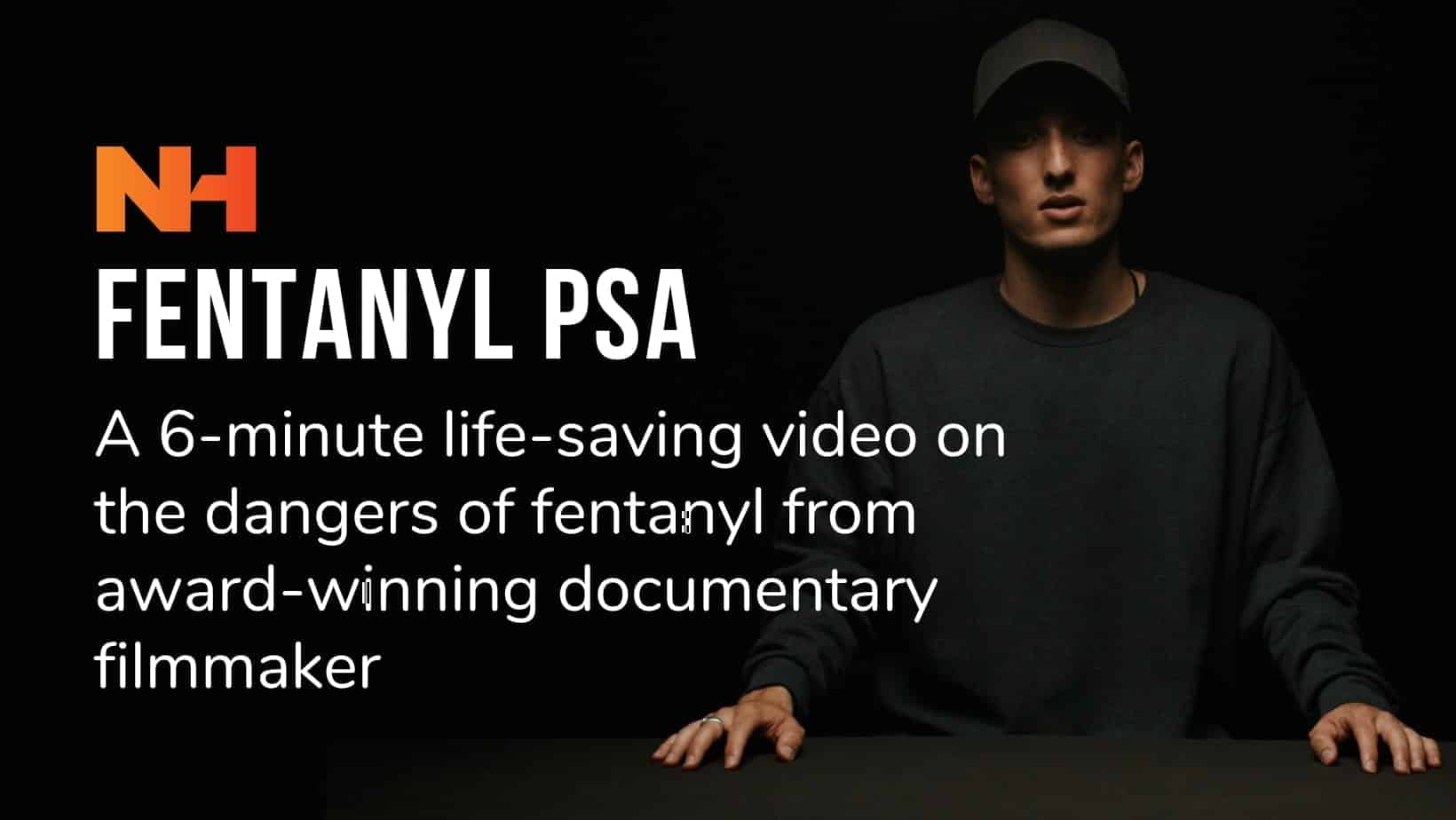Understanding Fentanyl: Risks, Overdose, and Prevention
When we were growing up, the message about drugs was pretty simple: “Just say no.” That was the rule, and that was that.
But today? It’s a whole different world.
Drugs and pills are easier to get, and the risks are way more serious – especially with fentanyl lurking in places you’d never expect. A single pill can be deadly, and most people have no clue they’re even taking it.
That’s why we need to talk about what’s really happening, what’s changed, and most importantly, what we can do to keep kids safe.
So, if you’re wondering what fentanyl is, why it’s so lethal, or how to recognize the signs of an overdose, this guide is for you. The more you understand, the better prepared you’ll be to have life-saving conversations with the young people in your life.
Key Takeaways: How to Protect Young People from Fentanyl Poisoning
- Fentanyl is Everywhere – It’s being mixed into fake pills and street drugs, making any drug use dangerous.
- Deadly in Tiny Doses – A dose as small as two milligrams – about the size of a few grains of salt – can be fatal.
- Teen Overdoses Are Spiking – Many deaths happen because teens unknowingly take fentanyl-laced pills.
- You Can’t See or Smell It – There’s no easy way to detect fentanyl in a drug.
- Naloxone Saves Lives – Narcan/Naloxone can reverse an overdose.
There’s a crisis across the country, and many parents are unaware of the dangers to their kids.
Fentanyl poisoning is killing kids — not just from ‘over there’ but in every neighborhood and school.
Today, kids face new dangers – drugs are more accessible, harder to detect, and more deadly. There are too many stories in the news featuring young people killed by fentanyl poisoning. It’s not just happening to kids who you think are ‘bad’ or ‘troubled’. It’s happening in middle schools across America.
Read: Alexander, 14 years old, bought a single prescription pill on Snapchat to experiment alone in his room. The (fake) pill contained a lethal dose of fentanyl – enough fentanyl to kill 4 people.
Why Add Fentanyl To Other Drugs Like Prescription Pills?
Drugs laced with fentanyl will get you hooked quicker, making it a cheaper option. This is especially dangerous when people take counterfeit pills without realizing they may contain fentanyl, a cheap but deadly additive.
Fentanyl is 20 times cheaper to produce than other illicit substances, it has a stronger hook to addiction, and drug dealers are lacing every drug you can imagine with the poison.
Only two salt-sized grains of fentanyl can kill someone — it’s fifty times stronger than heroin.
The DEA has reported that 5 in 10 pills are laced with the poison. And according to CDC data, synthetic opioids (primarily fentanyl) contributed to 62% of the 2020 overdose deaths.
What Is Fentanyl and What Is It Used For?
- Fentanyl is a powerful synthetic opioid analgesic that is similar to morphine but is 50 to 100 times more potent.
- Fentanyl can be prescribed for pain, and it’s also made illegally.
- Fentanyl and other synthetic opioids are the most common drugs involved in overdose deaths.
- Illegal fentanyl is sold as a powder, dropped on blotter paper-like small candies, in eye droppers or nasal sprays, or made into pills that look like real prescription opioids.
- Fentanyl is being mixed with other drugs, such as cocaine, heroin, methamphetamine, and MDMA. This is especially dangerous because people are often unaware that fentanyl has been added.
- The high potency of fentanyl greatly increases the risk of overdose, especially if a person who uses drugs is unaware that a powder or pill contains it. They can underestimate the dose of opioids they are taking, resulting in an overdose.
- There is no accurate way to test for fentanyl in a drug.
- There is something that helps in the unfortunate scenario of an overdose — a drug called Naloxone. It’s a medicine that can be given to a person to reverse a fentanyl overdose. Multiple naloxone doses might be necessary because of fentanyl’s potency.
- Natural High has a free Fentanyl Toolkit parents and educators can use with kids to facilitate discussion around the critical topic of fentanyl.
What is fentanyl?
Fentanyl is a powerful synthetic drug (an opioid) that is similar to morphine but is 50-100x more potent and dangerous. Typically, it’s prescribed to a patient after surgery or to someone with extreme chronic pain who develops desensitization to other opioids like morphine. Often, we aren’t aware of the name of the drug itself but are more familiar with the brand names (think: Ibuprofen powering Advil). When prescribed, fentanyl is the active drug in Actiq, Sublimaze, and Duragesic.
What are opioids?
Opioids are a type of drug occurring naturally in the opium poppy plant. Some opioids are made from the plant directly, and others, like fentanyl, are made synthetically by scientists in labs using the same chemical structure.
All opioids, whether natural or synthetic, work by binding to the body’s opioid receptors, which are found in areas of the brain that control pain and emotions. The drugs block pain messages sent from the body through the spinal cord to the brain.
There are several legitimate medical uses of fentanyl, particularly to treat severe pain, typically after surgeries or during cancer treatment. Typically, when prescribed by a doctor, opioids can be given as a shot, a patch that is put on the skin, or as lozenges that are sucked like cough drops. If it is used outside of a hospital, it is usually applied as a patch that will slowly release over 72 hours. It’s designed to be used in limited, controlled dosages, under the watchful eye of a physician and pharmacist. It is usually administered in a controlled environment like an intensive care unit (ICU).
Fentanyl is addictive because of its extreme potency. Someone with a prescription for fentanyl can quickly become dependent, which is observed by withdrawal symptoms when the drug is stopped. Since addiction is so easy to occur, giving your body craving for the effects of the drug, it’s incredibly risky.
What are fentanyl side effects?
Fentanyl’s effects include extreme happiness, drowsiness, nausea, confusion, constipation, sedation, problems breathing, and unconsciousness. Someone addicted to fentanyl who tries to stop taking it will likely experience severe withdrawal symptoms just a few hours after the drug was last taken. These symptoms include muscle and bone pain, sleep problems, diarrhea and vomiting, cold flashes, uncontrollable leg movements, and severe cravings. Any one of those symptoms are uncomfortable, making it really difficult to stop cold turkey. The most concerning side effect of all opioids is respiratory depression.
What’s the danger for me and my kids?
Some drug dealers have been mixing fentanyl with other drugs like heroin, cocaine, methamphetamine, and MDMA. Drugs laced with fentanyl will get you hooked quicker, making it a cheaper option. This is especially risky when people taking drugs don’t realize they might contain fentanyl as a cheap but dangerous additive. They might be taking stronger opioids than their bodies are used to and can be more likely to overdose.
It’s impossible to tell by sight, smell, or taste. Not even drug dealers can tell which pills are laced with the poison until it’s too late.
Discussing fentanyl and its risks is part of a broader, vital conversation about drug use and healthy choices. It’s about equipping young people with the knowledge and tools they need to make healthy choices and stay safe in an increasingly complex world.
Open conversations about fentanyl can help deter experimentation with drugs. Young people who are informed about the specific risks of substances like fentanyl are less likely to experiment with them.
When adults talk openly about such topics with teens, it builds trust and opens lines of communication.
How are kids getting fentanyl?
According to a recent article in the New York Post, “The deadly drug has been found in vape pens on high school campuses in recent months. And officials have a growing concern that middle school, high school, and college-aged kids are being targeted as criminals make fentanyl pills disguised as oxycodone, Adderall, and Xanax.”
Drug dealers no longer have to stand on shady street corners. They can now connect with kids online through social media platforms like Snapchat, Instagram, TikTok, and YouTube. Buying drugs is as easy as posting a series of specific emojis on social media to signal your interest in a sale.
Fentanyl Signs, Side Effects, and Overdose Symptoms To Look For
Parents should watch for strange, out-of-the-ordinary behaviors from their kids that may indicate that they are looking for an escape and might be misusing fentanyl or other substances to help them escape.
This includes:
- Withdrawing from sports or other activities that they once enjoyed
- Grades getting worse
- Isolating themselves from friends and family
- Spending time with new, different friends
- Having noticeably less money or asking for money frequently
- Getting caught stealing
The physical symptoms of fentanyl misuse will look similar to the symptoms of misuse of other drugs and substances.
Parents should be watchful for the following red flags:
- A child who is sedated
- Cold and/or clammy skin
- Respiratory depression, or slow and ineffective breathing
- Slurred speech
- Small, constricted “pinpoint pupils”
- Unusual, erratic behavior
- Agitated behavior
- Choking or gurgling sounds
- Exhaustion or lethargy
- Discolored skin (especially in lips and nails)
If you suspect that your child is using any opioids or other substances, it would be wise to reach out to your school’s counselor, a drug counselor, mental health professional, or visit your pediatrician for a substance-use screening. Your child might be in imminent danger and need to receive treatment from a drug rehabilitation center.
If you think your kid has overdosed on fentanyl, call 911 immediately.
The fentanyl poisoning crisis is just that, and it’s getting worse every day.
Whether you’ve heard mention of the rise of deaths due to fentanyl on the news or not, it’s very unlikely your kids are aware. A recently released article details the increase in unintentional drug overdoses that has “led to 200,000 years of lost life for US preteens and teens who died between 2015 and 2019, study shows.” These are staggering numbers and that’s only a 4-year period.
Now is the right time, no matter how young or old your kids are.
The DEA seized 80+ million counterfeit pills last year and found that 5 out of 10 pills contained lethal doses of fentanyl. Those at risk include casual users, partygoers, experimenters, regular users, and even unsuspecting bystanders who may come into contact with the powerful opioid.
Kids and teens are curious by nature and are often falling into this “experimentation” category. This is extremely dangerous and can be lethal because one pill can kill.
We’re realistic. We understand that most kids (teenagers especially) don’t want to sit down with their parents and watch a drug prevention video. That’s putting it lightly. That’s why we recommend committing to sharing the this 6-minute life-saving video on the dangers of fentanyl with them. It’s a short film about fentanyl’s deadly role in the U.S. illicit drug market created for a youth audience – watch it here.
For those of you interested in a longer documentary (20-minutes), we recommend Dead on Arrival. Watch it here. Produced, written, directed, and photographed by Dominic Tierno and Christine Wood, the film is focused on the people at risk. The film explores the stories of four families who lost loved ones to fentanyl in various ways and its larger impact on communities of all types.
In addition to the suffering and pain that fentanyl has brought to families and neighborhoods, the film is also a primer on what makes this epidemic so deadly and pervasive. It looks at the manufacture, counterfeiting, marketing, and distribution process that allows fentanyl to sneak into anyone’s home.
With the 6-minute film, we offer a toolkit including a discussion guide to help guide your discussions with kids. Access the free Natural High Fentanyl Toolkit here.
Talking with kids about fentanyl is crucial, and there are many more critical conversations to have with them, too.
This is just the beginning, we want to give you exactly what you need RIGHT NOW. And also, this conversation needs to continue. This topic is growing, and we are committed to bringing you up-to-date and relevant resources. Sign up for prevention resources.
*Source: National Institute on Drug Abuse; National Institutes of Health; U.S. Department of Health and Human Services.
DEA resources:
Fentanyl Info Sheet
DEA Fentanyl Fact Sheet
Emoji Drug Codes

